How the Internet Works: A Beginner’s Guide to the Digital Superhighway
 Prem Prabhat
Prem PrabhatTable of contents
- Introduction
- 1. Introduction: What is the Internet & Why It Matters?
- 2. How Data Travels: From Browsers to Servers
- 3. Understanding the Backbone of the Internet
- 4. Role of ISPs, Routers & Network Infrastructure
- 5. Breaking Down the World Wide Web (WWW)
- 6. How the Internet Stays Secure (Cybersecurity Basics)
- 7. Future of the Internet: What’s Next?
- Key Takeaways
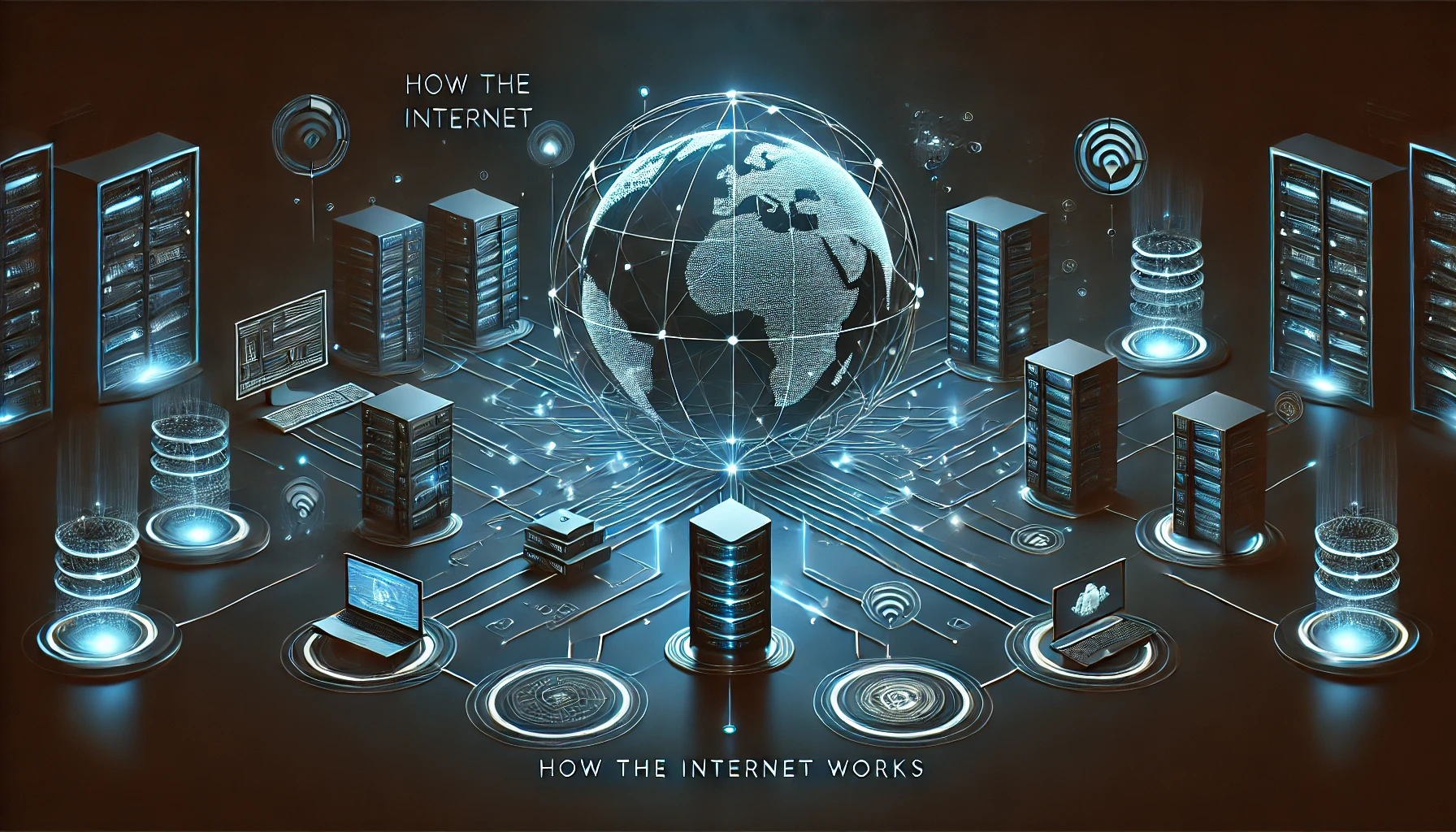
Introduction
Have you ever wondered how clicking a link instantly loads a webpage? Or how a video call connects you to someone halfway across the world in seconds? The internet is a marvel of modern technology, but how does it actually work? In this guide, we’ll break down the internet into simple, digestible parts, using relatable analogies and visuals to help you understand the magic behind the screen.
Whether you’re a complete beginner or just curious about the inner workings of the internet, this guide will walk you through everything from how data travels to how the internet stays secure. Let’s dive in!
1. Introduction: What is the Internet & Why It Matters?
What is the Internet?
The internet is a global network of interconnected devices that communicate with each other. Think of it as a massive web of computers, smartphones, servers, and other gadgets, all linked together to share information.
When you send an email, stream a movie, or browse social media, you’re using the internet to send and receive data. This data travels through a complex system of cables, routers, and servers to reach its destination.
Why Does the Internet Matter?
The internet has revolutionized the way we live, work, and communicate. It powers everything from online shopping and education to healthcare and entertainment. Understanding how it works helps you appreciate the technology behind it and use it more effectively.
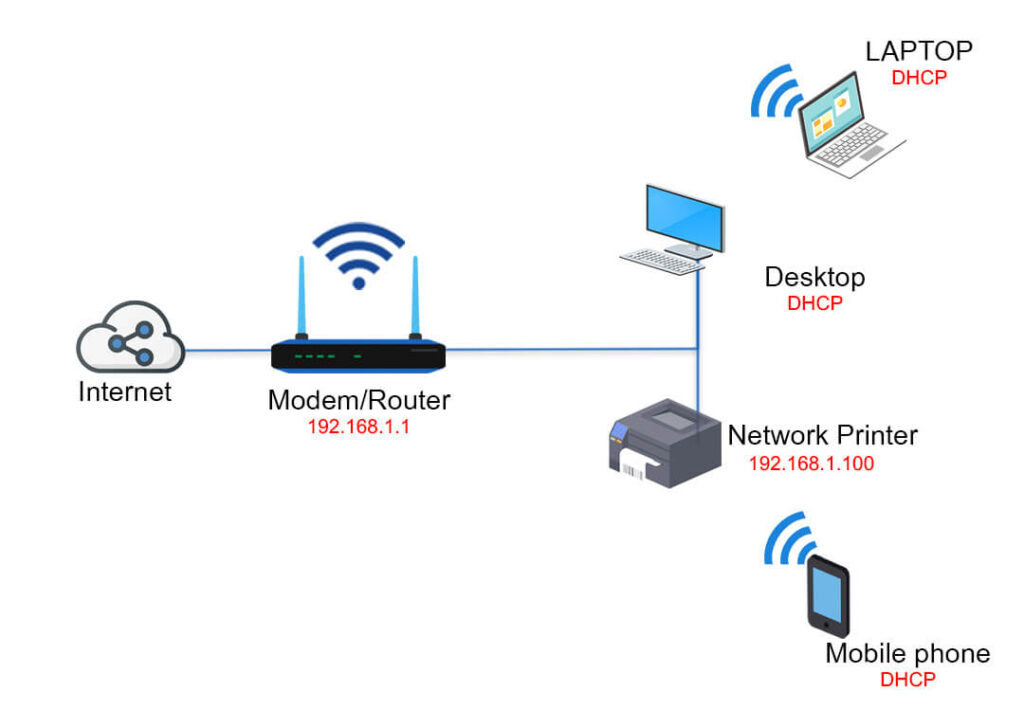
Devices → Router → ISP → Internet
2. How Data Travels: From Browsers to Servers
Client-Server Architecture
The internet works on a client-server model. Your device (the client) requests information, and a server delivers it. For example, when you type a website address into your browser, your computer sends a request to the server hosting that website. The server then sends the webpage back to your browser.
Analogy: Sending a Letter
Imagine you’re sending a letter to a friend. You write the letter (data), put it in an envelope (packet), and send it through the post office (internet). The letter passes through multiple post offices (servers) before reaching your friend’s mailbox (browser).
HTTP/HTTPS: The Language of the Web
HTTP (Hypertext Transfer Protocol) and HTTPS (HTTP Secure) are the rules browsers and servers follow to communicate. HTTPS adds a layer of encryption to keep your data safe.
Data Packets: Breaking Down Information
Large files, like videos or images, are broken into smaller chunks called packets. These packets travel through the internet and are reassembled when they reach their destination.

User enters URL → Browser sends request → Server processes request → Server sends data → Browser displays webpage
3. Understanding the Backbone of the Internet
IP Addresses & Domain Names
Every device connected to the internet has a unique identifier called an IP address (e.g., 192.168.1.1). Domain names (e.g., google.com) are human-friendly versions of IP addresses.
Analogy: Phone Numbers & Contact Names
IP addresses are like phone numbers, and domain names are like contact names in your phonebook. You don’t need to remember the number; you just search for the name.
DNS: The Internet’s Phonebook
The Domain Name System (DNS) translates domain names into IP addresses. When you type “google.com” into your browser, DNS finds the corresponding IP address so your browser can connect to the right server.
What Happens When You Type a URL?
Your browser sends a request to the DNS server.
DNS finds the IP address for the domain name.
Your browser connects to the server using the IP address.
The server sends the webpage data back to your browser.
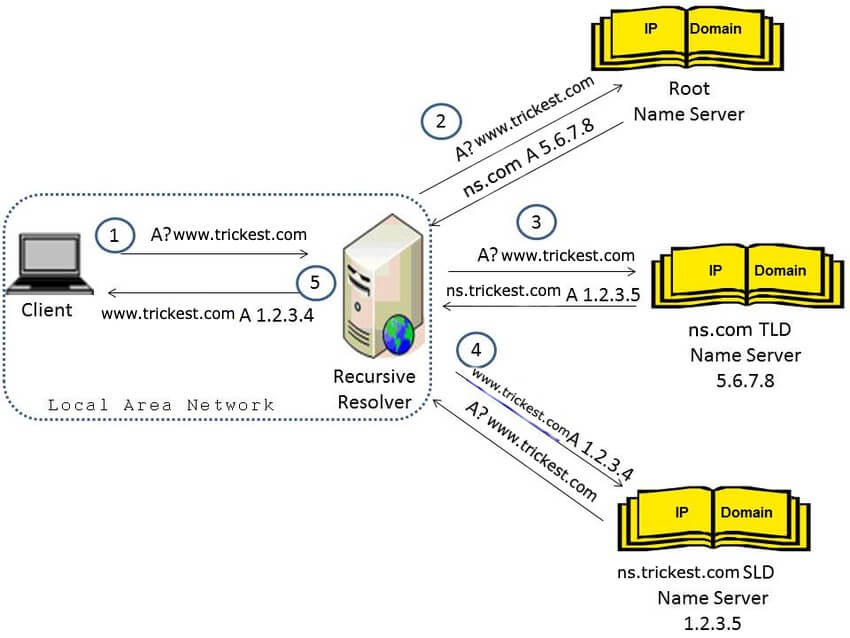
"google.com" → DNS Server → IP Address (e.g., 142.250.190.14)
4. Role of ISPs, Routers & Network Infrastructure
Internet Service Providers (ISPs)
ISPs are companies that provide internet access to homes and businesses. They connect you to the global internet through cables, fiber optics, or wireless networks.
Routers, Switches & Modems
Routers: Direct data packets between devices and networks.
Switches: Connect devices within a local network.
Modems: Convert data into a format that can travel over cables or phone lines.
Bandwidth, Latency & Internet Speed
Bandwidth: The maximum amount of data that can be transferred at once.
Latency: The time it takes for data to travel from one point to another.
Internet Speed: A combination of bandwidth and latency.
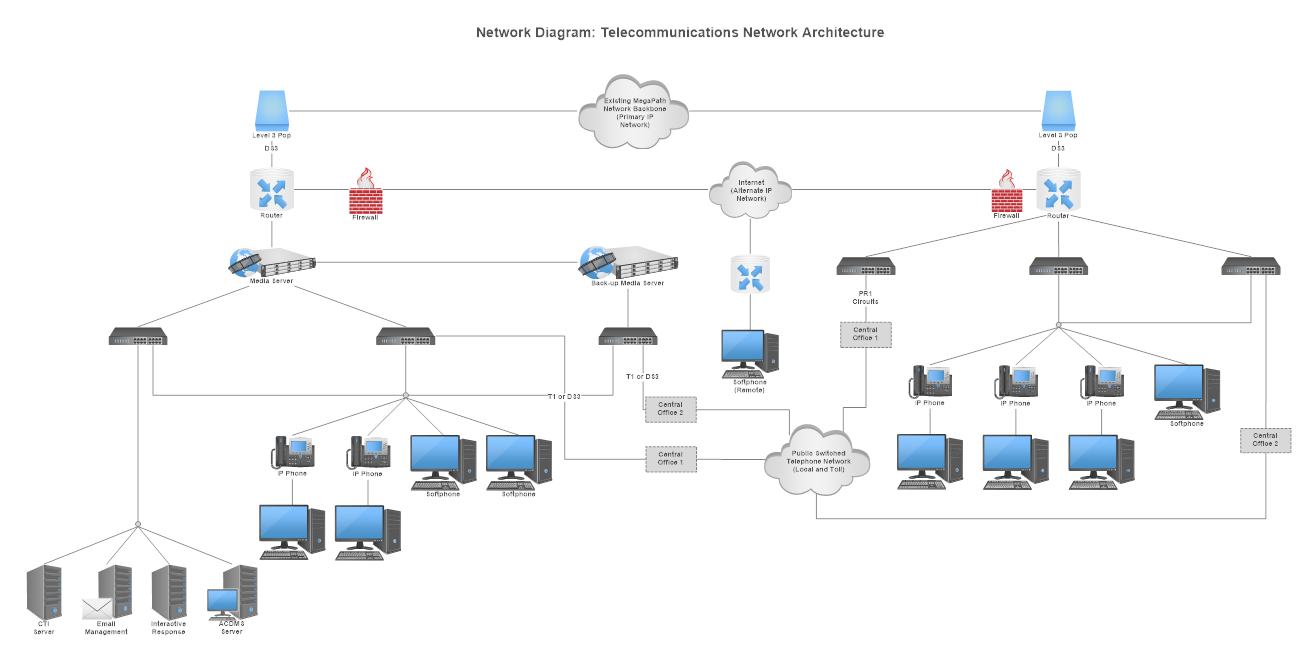
I**SP → Router → Devices (Laptop, Mobile, etc.)
5. Breaking Down the World Wide Web (WWW)
Internet vs. World Wide Web
The internet is the infrastructure, while the World Wide Web (WWW) is a collection of websites and webpages accessible via the internet.
Web Hosting & Domain Registration
Websites are stored on servers, which are powerful computers designed to host and deliver web content. Domain registration allows you to claim a unique web address for your site.
Content Delivery Networks (CDNs)
CDNs store copies of website data on servers around the world to deliver content faster to users.
Search Engines
Search engines like Google index webpages and rank them based on relevance to your search query.
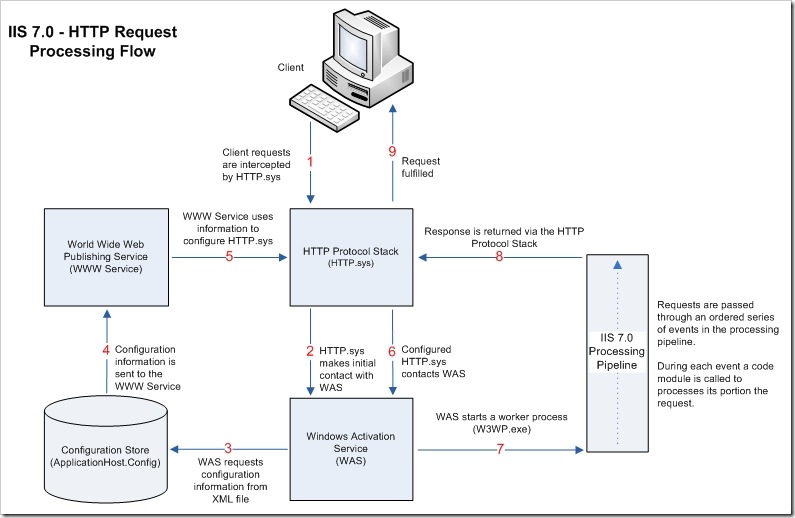
Browser → Server → CDN → User
6. How the Internet Stays Secure (Cybersecurity Basics)
Firewalls, Encryption & HTTPS
Firewalls: Act as barriers to block unauthorized access.
Encryption: Scrambles data to protect it from hackers.
HTTPS: Ensures secure communication between your browser and the server.
VPNs, Proxies & Tor Networks
These tools help protect your privacy by masking your IP address and encrypting your internet traffic.
Common Threats
DDoS Attacks: Overwhelm a server with traffic to take it offline.
Phishing: Trick users into revealing sensitive information.
Malware: Malicious software designed to harm devices or steal data.
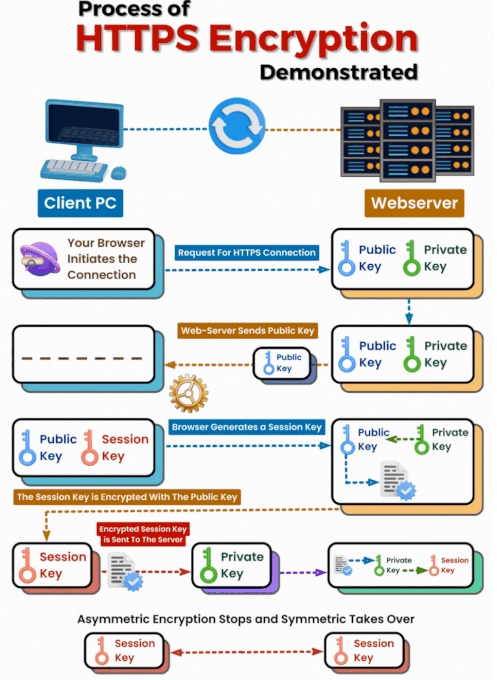
Browser → Encrypted Data → Server
7. Future of the Internet: What’s Next?
IPv6: The Next-Generation Internet
IPv6 is the latest version of IP addressing, designed to accommodate the growing number of internet-connected devices.
The Metaverse, Web3 & Decentralized Internet
Metaverse: A virtual world where users can interact in real-time.
Web3: A decentralized internet powered by blockchain technology.
Decentralized Internet: Reduces reliance on centralized servers, giving users more control over their data.
Emerging Technologies
5G: Faster and more reliable wireless networks.
AI: Enhances internet services like search engines and virtual assistants.
Blockchain: Provides secure and transparent data storage.
Key Takeaways
The internet is a global network of interconnected devices.
Data travels in packets through a client-server model.
DNS translates domain names into IP addresses.
ISPs, routers, and modems are essential for internet connectivity.
Cybersecurity tools like firewalls and encryption keep the internet secure.
The future of the internet includes IPv6, Web3, and emerging technologies like AI and blockchain.
conclusions
In conclusion, the internet is an intricate and dynamic network that has transformed the way we interact, learn, and conduct business. By understanding its fundamental components, such as data transmission, client-server architecture, and cybersecurity measures, we can better appreciate the technology that underpins our digital lives. As the internet continues to evolve with advancements like IPv6, Web3, and emerging technologies such as AI and blockchain, staying informed will empower us to navigate and leverage this digital superhighway effectively. Embracing these changes will ensure we remain connected and secure in an increasingly digital world.
If you found this guide helpful, share it with others or drop your thoughts in the comments below! Let’s keep exploring the wonders of the internet together. 🚀
Subscribe to my newsletter
Read articles from Prem Prabhat directly inside your inbox. Subscribe to the newsletter, and don't miss out.
Written by
